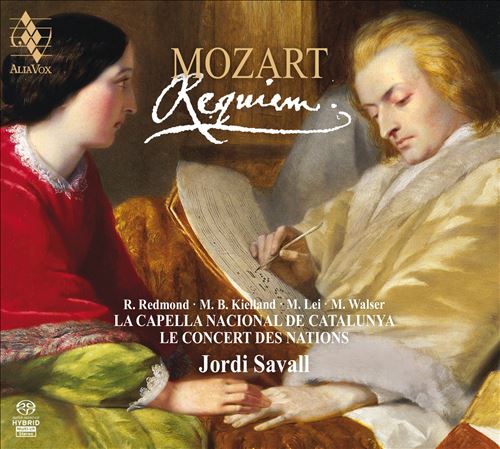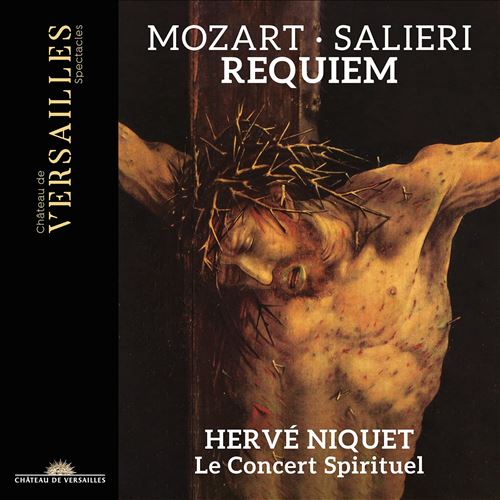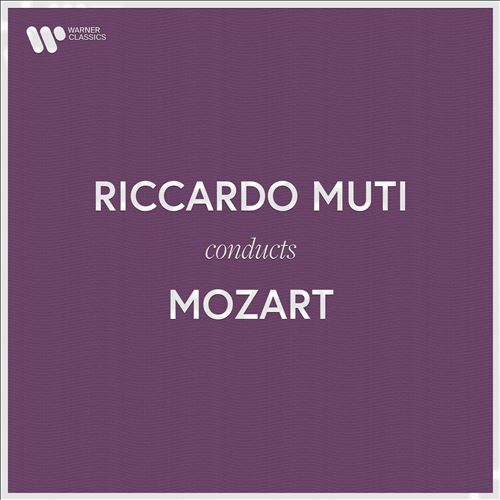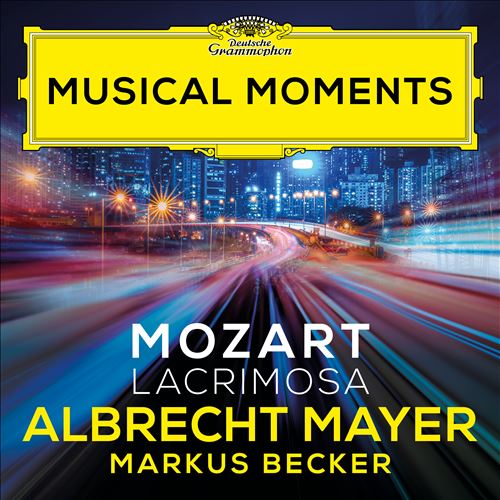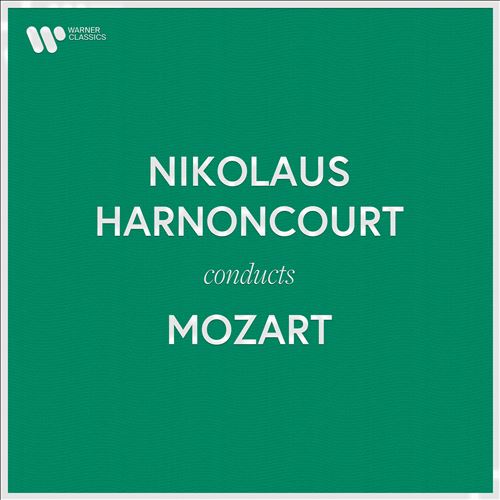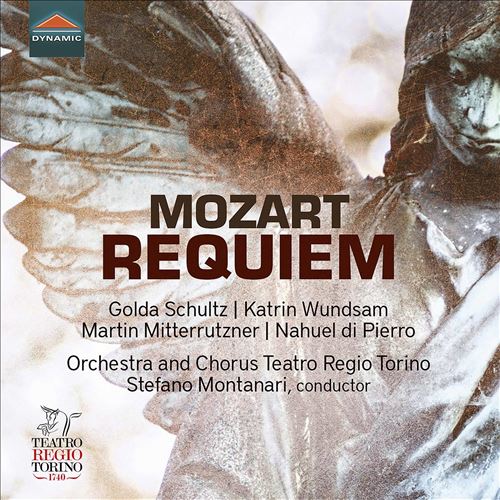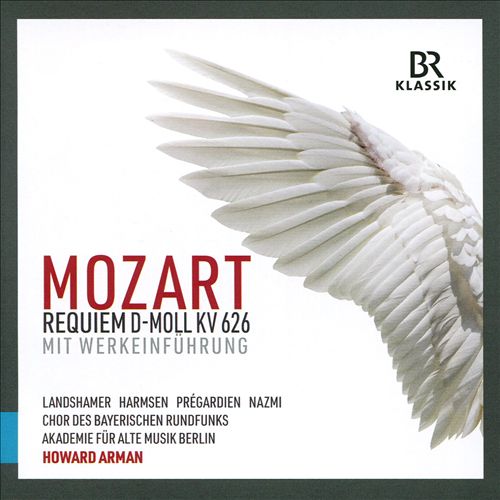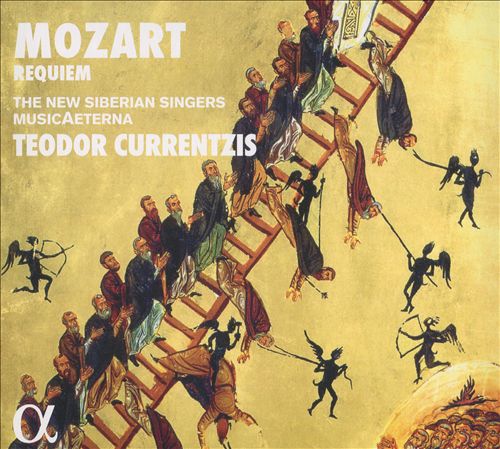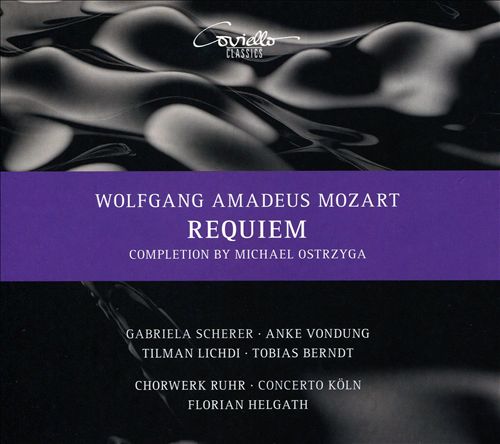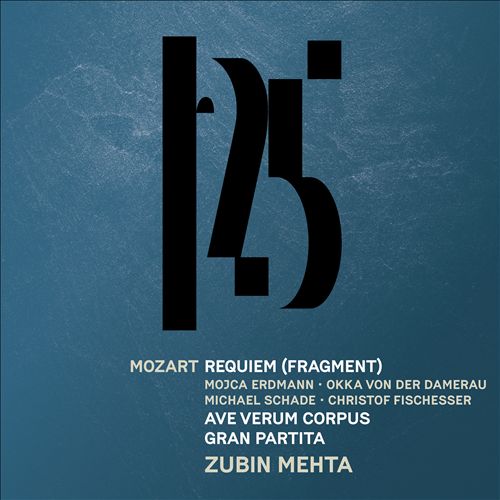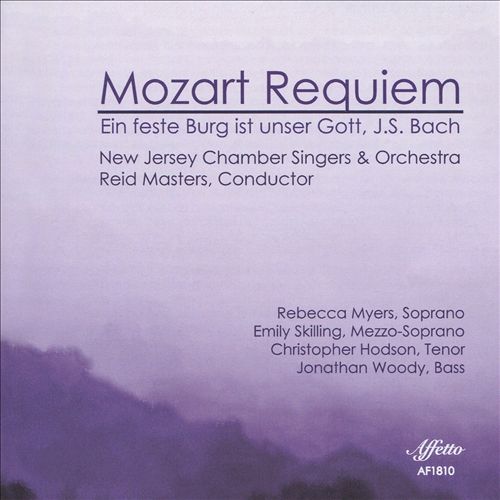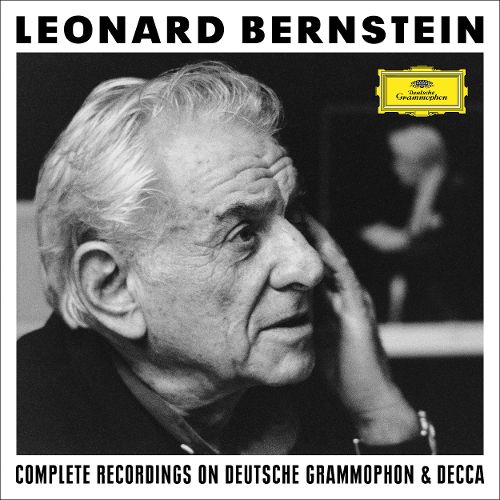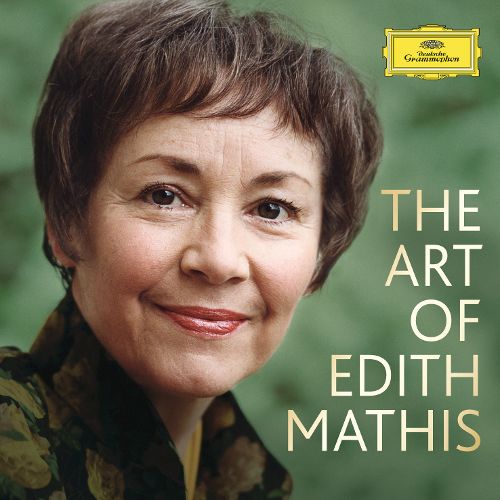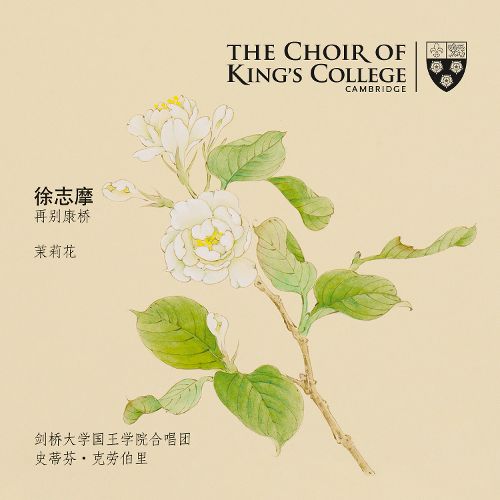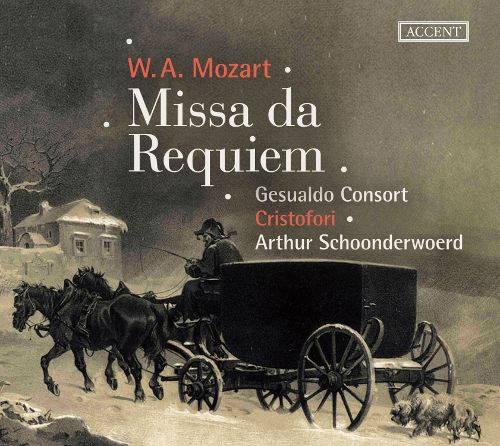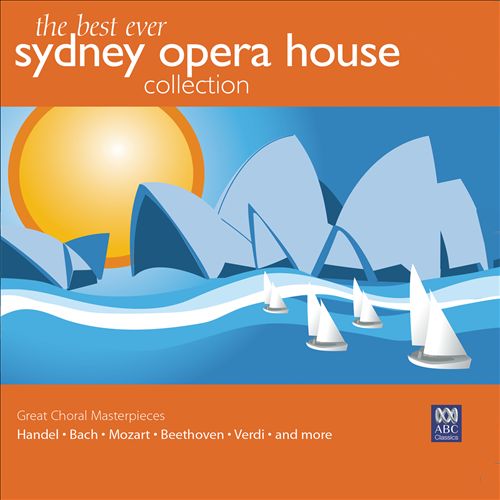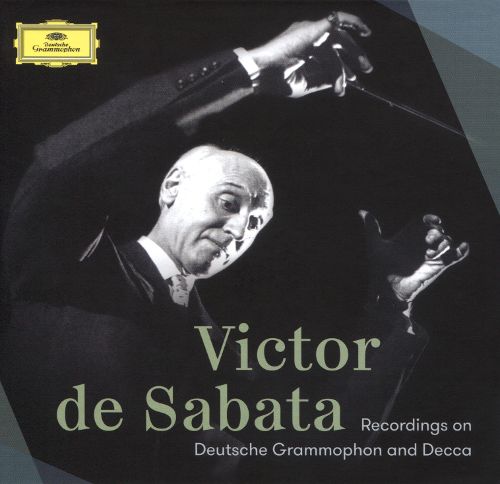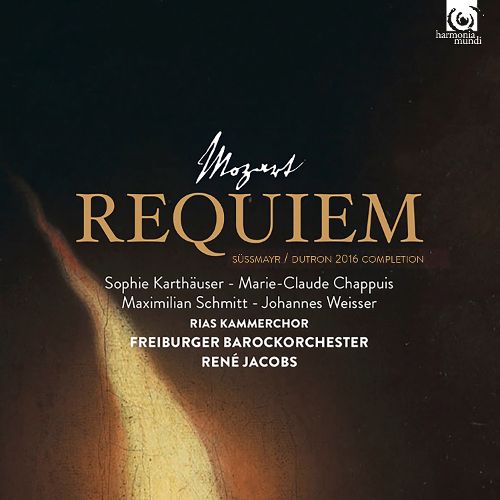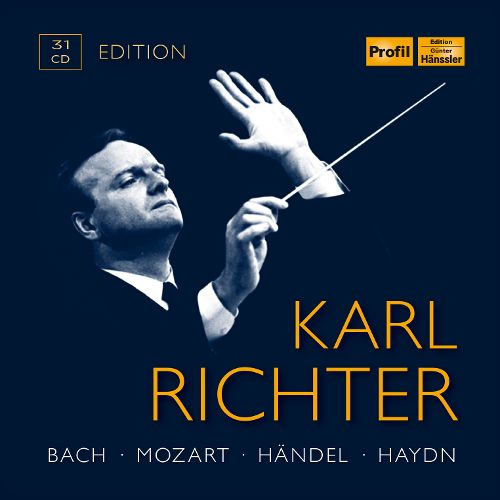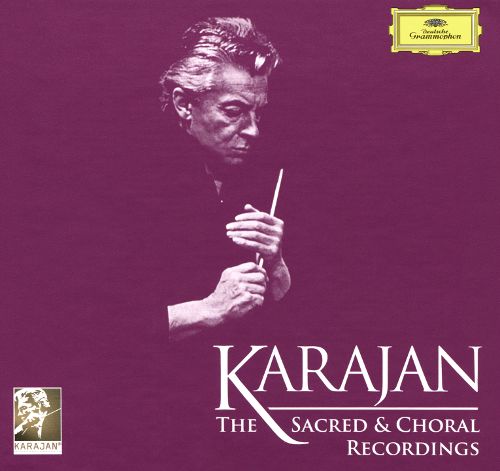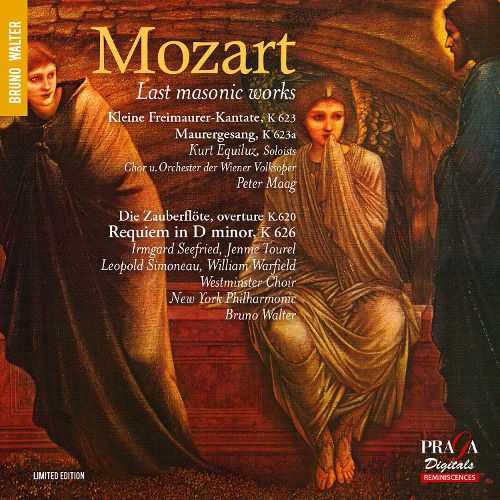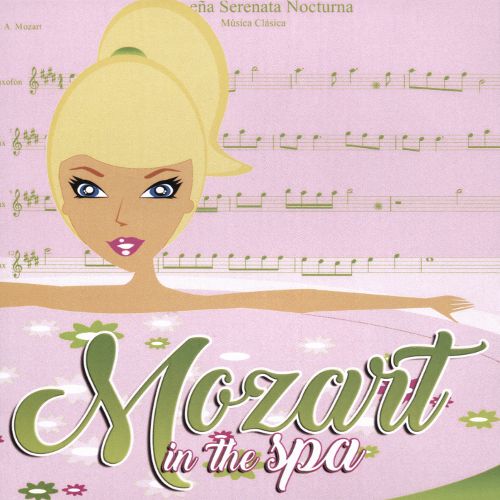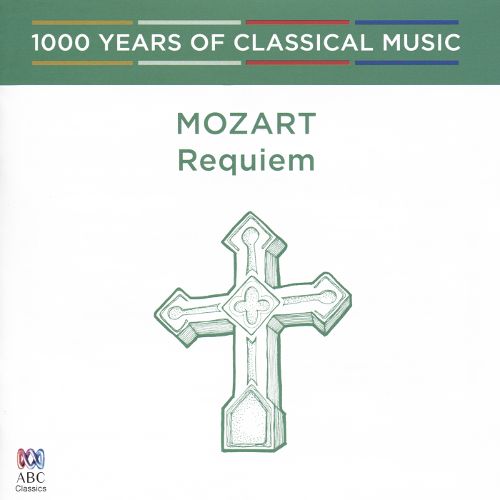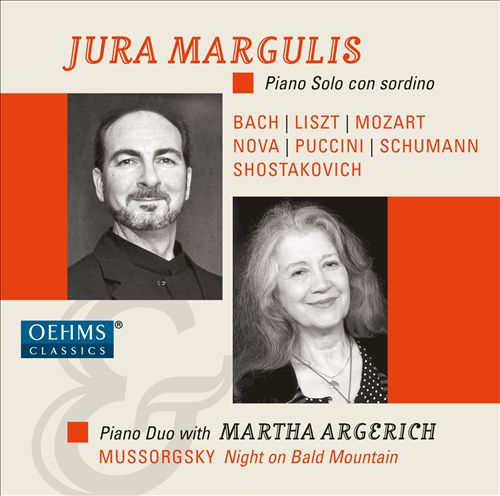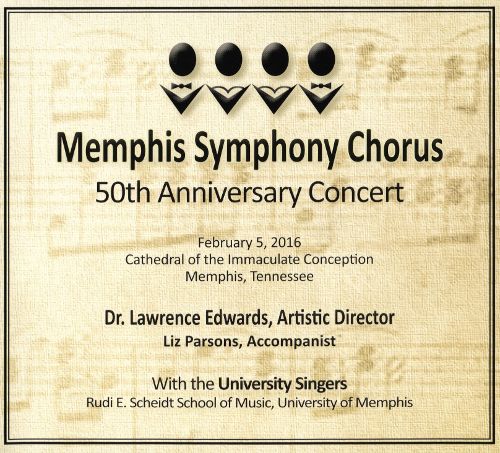Wolfgang Amadeus Mozart (볼프강 아마데우스 모차르트)
Requiem, K. 626
100
10,000
1,400
WORK INFO
작곡가: Wolfgang Amadeus Mozart (볼프강 아마데우스 모차르트)작곡년도: 1791평균연주: 51:14악장1Requiem aeternam5:142Kyrie2:443Dies irae1:524Tuba mirum3:365Rex tremendae2:146Recordare5:427Confutatis2:448Lacrimosa3:189Domine Jesu Christe3:5310Hostias4:1511Sanctus1:4012Benedictus5:1413Agnus Dei3:5914Lux aeterna5:37The Requiem Mass in D minor (K. 626) by Wolfgang Amadeus Mozart was composed in Vienna in 1791 and left unfinished at the composer's death on December 5. A completion dated 1792 by Franz Xaver Süssmayr was delivered to Count Franz von Walsegg, who had anonymously commissioned the piece for a Requiem Mass to commemorate the February 14 anniversary of his wife's death. The autograph manuscript (acquired by the Austrian National Library in 1831–1838) shows the finished and orchestrated Introit in Mozart's hand, as well as detailed drafts of the Kyrie and the sequence Dies Irae as far as the first eight bars of the "Lacrimosa" movement, and the Offertory. It cannot be shown to what extent Süssmayr may have depended on now lost "scraps of paper" for the remainder; he later claimed the Sanctus and Agnus Dei as his own. Walsegg probably intended to pass the Requiem off as his own composition, as he is known to have done with other works. This plan was frustrated by a public benefit performance for Mozart's widow Constanze. A modern contribution to the mythology is Peter Shaffer's 1979 play Amadeus, in which a mysterious messenger orders Mozart to write a requiem mass, giving no explanation for the order; Mozart (in the play) then comes to believe that the piece is meant to be the requiem mass for his own funeral. The Requiem is scored for 2 basset horns in F, 2 bassoons, 2 trumpets in D, 3 trombones (alto, tenor & bass), timpani (2 drums), violins, viola and basso continuo (cello, double bass, and organ). The vocal forces include soprano, contralto, tenor, and bass soloists and an SATB mixed choir.
At the time of Mozart's death on 5 December 1791, only the opening movement (Requiem aeternam) was completed in all of the orchestral and vocal parts. The following Kyrie and most of the sequence (from Dies Irae to Confutatis) were complete only in the vocal parts and the continuo (the figured organ bass), though occasionally some of the prominent orchestral parts were briefly indicated, such as the first violin part of the Rex tremendae and Confutatis and the musical bridges in the Recordare. The sixth movement of the sequence, the Lacrymosa, breaks off after only eight bars and was unfinished. The following two movements of the Offertorium were again partially done; the Domine Jesu Christe in the vocal parts and continuo (up until the fugue, which contains some indications of the violin part) and the Hostias in the vocal parts only.From WIKIPEDIA
RELEASED ALBUMS
-
Mozart: Requiem [2022 Recording]May 12, 2023
-
Mozart: Requiem; Paisiello: Messe pour le sacre de NapoléonMarch 24, 2023
-
Mozart, Salieri: RequiemNovember 11, 2022
-
Riccardo Muti conducts MozartJuly 29, 2022
-
Mozart: Requiem in D minor, K. 626 - Lacrimosa [Musical Moments]April 15, 2022
-
Nikolaus Harnoncourt conducts MozartMarch 18, 2022
-
Mozart: RequiemJanuary 21, 2022
-
Dies IraeAugust 27, 2021
-
The Immersive ExperienceJune 11, 2021
-
Mozart: Requiem D-moll KV 626October 2, 2020
-
Mozart: RequiemSeptember 11, 2020
-
Wolfgang Amadeus Mozart: Requiem (Completion by Michael Ostrzyga)July 3, 2020
-
ClassicFebruary 7, 2020
-
Mozart/Lichtenthal: RequiemMarch 15, 2019
-
Mozart: Gran Partita; Requiem (Fragment); Ave Verum CorpusNovember 30, 2018
-
Mozart: Requiem; J.S. Bach: Ein feste Burg ist unser GottNovember 16, 2018
-
Leonard Bernstein: Complete Recordings on Deutsche Grammophon & DeccaMarch 9, 2018
-
The Art of Edith Mathis [includes Booklet]January 26, 2018
-
Farewell to CambridgeJanuary 26, 2018
-
Mozart: Missa da RequiemJanuary 19, 2018
-
The Best Ever Sydney Opera House Collection: Great Choral MasterpiecesJanuary 17, 2018
-
Victor de Sabata: Recordings on Deutsche Grammophon and DeccaDecember 8, 2017
-
Mozart: RequiemNovember 3, 2017
-
Karl Richter Edition: Bach, Mozart, Händel, HaydnOctober 20, 2017
-
The Sacred & Choral RecordingsMarch 10, 2017
-
Mozart: Last Masonic WorksFebruary 24, 2017
-
Mozart in the SpaOctober 7, 2016
-
1000 Years of Classical Music, Vol. 25: The Classical Era - Mozart: RequiemApril 8, 2016
-
Piano Solo con sordinoFebruary 12, 2016
-
Memphis Symphony Chorus 50th Anniversary Concert2016
FEATURED MOVIES
-
 01:43모차르트: 레퀴엠 K. 626 3. Dies irae
01:43모차르트: 레퀴엠 K. 626 3. Dies irae -
 03:23모차르트: 레퀴엠 K. 626 9. Domine Jesu Christe2008
03:23모차르트: 레퀴엠 K. 626 9. Domine Jesu Christe2008 -
 07:05모차르트: 레퀴엠 K. 626 8. Lacrimosa
07:05모차르트: 레퀴엠 K. 626 8. Lacrimosa -
 02:15모차르트: 레퀴엠 K. 626 3. Dies irae05 de junio de 2005
02:15모차르트: 레퀴엠 K. 626 3. Dies irae05 de junio de 2005 -
 57:15모차르트: 레퀴엠 K. 62604-17-2011Christ United Methodist Church, Plano, TX
57:15모차르트: 레퀴엠 K. 62604-17-2011Christ United Methodist Church, Plano, TX -
 06:55모차르트: 레퀴엠 K. 626 14. Lux aeternaJune 5, 2005Carmelite Convent of Majadahonda
06:55모차르트: 레퀴엠 K. 626 14. Lux aeternaJune 5, 2005Carmelite Convent of Majadahonda -
 10:27모차르트: 레퀴엠 K. 626 3. Dies irae1970,2.25St.Paul's Cathedral London
10:27모차르트: 레퀴엠 K. 626 3. Dies irae1970,2.25St.Paul's Cathedral London -
 08:12모차르트: 레퀴엠 K. 626 Confutatis , Lacrimosa1989
08:12모차르트: 레퀴엠 K. 626 Confutatis , Lacrimosa1989 -
 52:52모차르트: 레퀴엠 K. 6262011Vezelay
52:52모차르트: 레퀴엠 K. 6262011Vezelay -
 04:17모차르트: 레퀴엠 K. 626 12. BenedictusNoviembre 2013Theatro Municipal de Sao Paulo, Brasil
04:17모차르트: 레퀴엠 K. 626 12. BenedictusNoviembre 2013Theatro Municipal de Sao Paulo, Brasil -
 03:17모차르트: 레퀴엠 K. 626 8. LacrimosaJune 5, 2005Convent of the Discalced Carmelites Majadahonda
03:17모차르트: 레퀴엠 K. 626 8. LacrimosaJune 5, 2005Convent of the Discalced Carmelites Majadahonda -
 05:05모차르트: 레퀴엠 K. 626 10. HostiasJune 5, 2005
05:05모차르트: 레퀴엠 K. 626 10. HostiasJune 5, 2005 -
 01:32모차르트: 레퀴엠 K. 626 11. SanctusMarch 22, 2008Catedral Metropilotana de Santiago Santiago - Chile
01:32모차르트: 레퀴엠 K. 626 11. SanctusMarch 22, 2008Catedral Metropilotana de Santiago Santiago - Chile -
 11:19모차르트: 레퀴엠 K. 626 1-3
11:19모차르트: 레퀴엠 K. 626 1-3 -
 03:37모차르트: 레퀴엠 K. 626 8. Lacrimosa2-4-2014Roy High School
03:37모차르트: 레퀴엠 K. 626 8. Lacrimosa2-4-2014Roy High School
ALBUM MUSIC
WORKS SHOUTS


